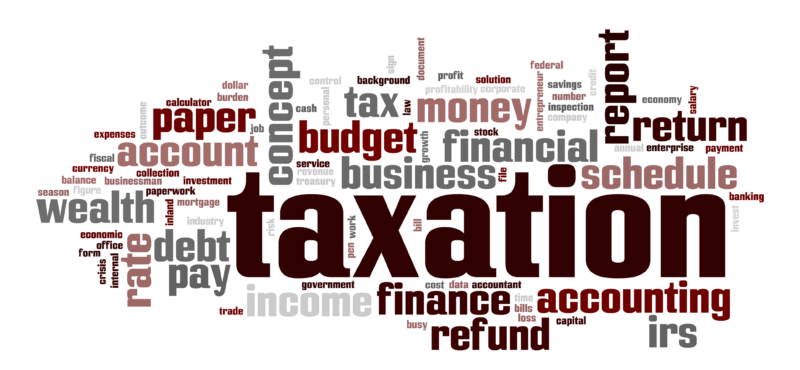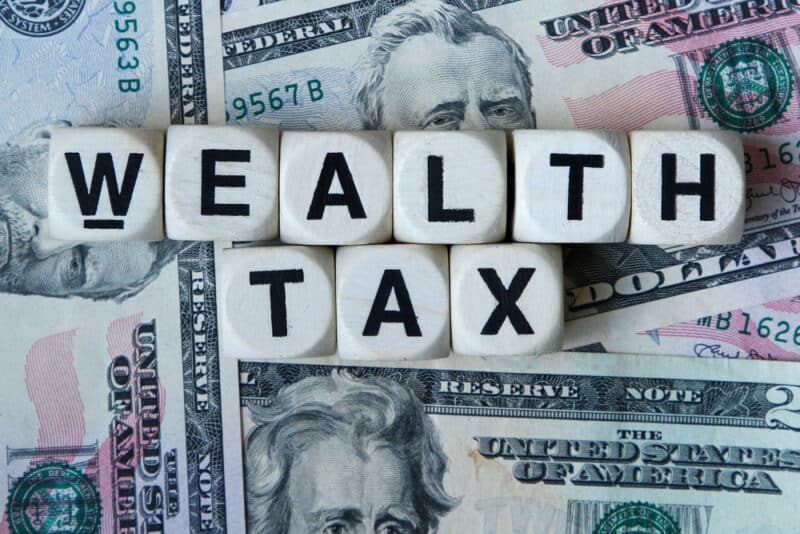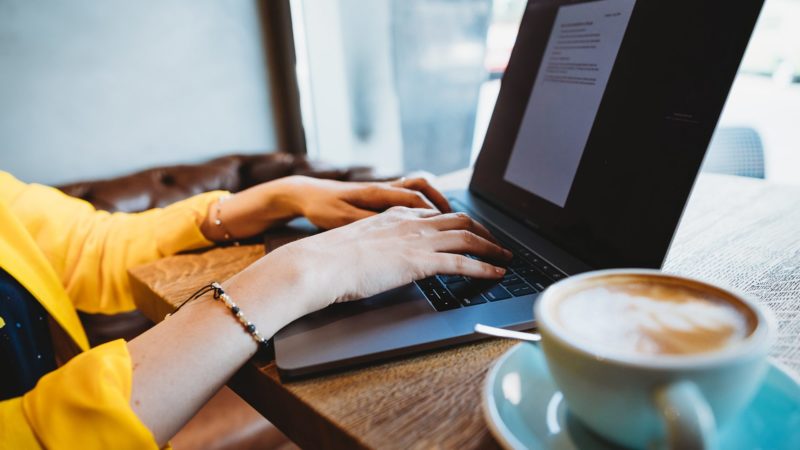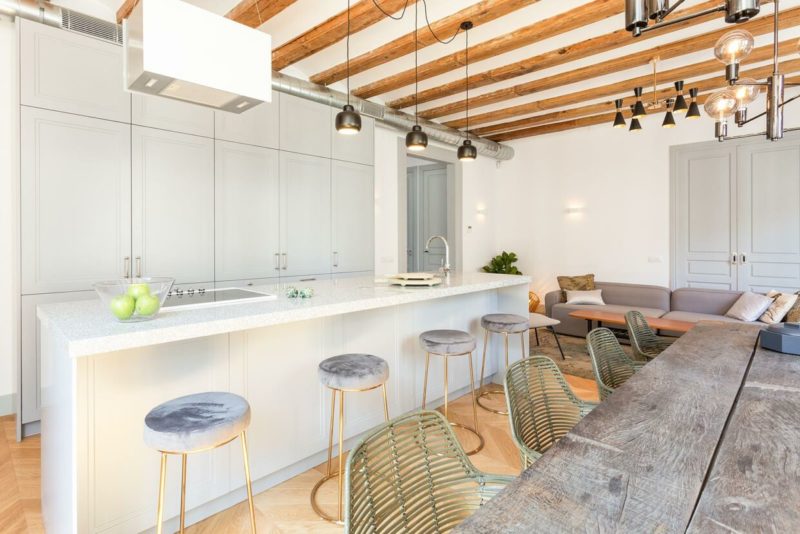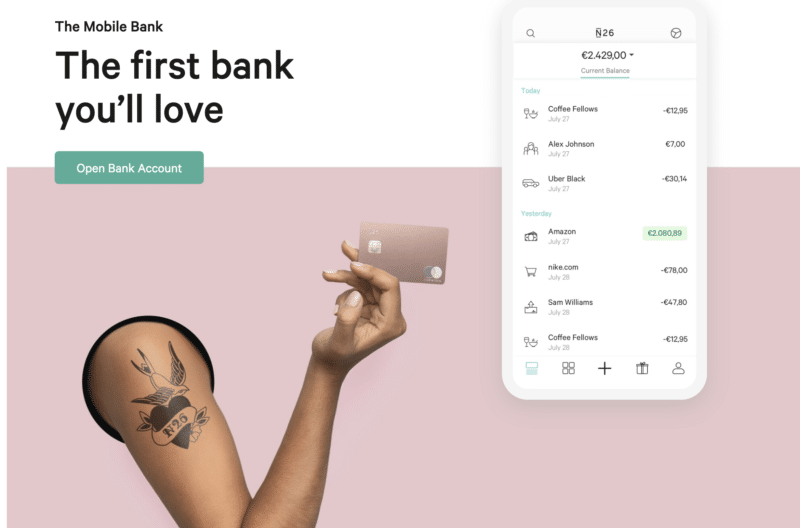
Smartphone usage and social media have become very detrimental to our attention spans and the ability to engage in deep work. We are constantly tempted to pick up our phones to get our next dopamine hit by checking Instagram or Facebook likes, or engaging in pointless chatter on apps such as Whatsapp.
The effects of social media and smartphones were the subject of the documentary The Social Dilemma. I have no doubt about the effects of social media and devices. I have got enough of a digital marketing education background as well as practical experience to understand how these mechanisms work in influencing us. I have also recognised that I am not immune to these effects, even though I know exactly how they are pushing me to do what I don’t really want to do.
These days, I keep off any social network. That’s the only thing that works for me. Yes, there are costs for doing so, but those can be mitigated by maintaining a healthy network of close friends who are also well-informed about the world. All important news eventually gets to you unless you live a completely isolated lifestyle. For the kind of news that is related to investments, where there is a strong argument for alpha being available on social media, I have found that being in a curated group of top players in your field of investment actually gives you better results and better conversations. So that is what I am doing now instead. This is also part of my experiment with building online communities.
In 2019 I ran a little experiment that I described below:
It’s been a while since I abandoned Facebook, and even longer since I stopped reading newspapers and online news sites. Over the past year, however, I’ve noticed that my phone had become a really serious distraction for me.
On several occasions, I have asked my wife to put away the phone so we could have a more engaging conversation, and she’s done the same to me, probably even more frequently. Since having our first child, it seems that we can’t take the phone out of our hands, and somehow it seems justified. We want to immortalize the memories of every little thing he does and then share it with our family on Whatsapp. Things recently got to a head and I decided I need to take serious action about this.
The thing is, our modern-day smartphones keep us addicted in a similar way to slot machines (see video below). We’re fighting a lost battle if we think it’s just a question of having more discipline.
Here’s how I solved this problem.
I love my iPhone 6S Plus (an older model of the iPhone that still works perfectly) and I use it a lot when I’m out and about with my bicycle or car and listen to podcasts or music while also using maps to get to my destination. I also use Calm for meditation and Spotify for music. So getting rid of the smartphone was out of the question. I needed to find a better solution than that.
What I did was resurrect an older Nexus 5 which runs Android OS, which I have since become quite unfamiliar with, plus it’s a slower phone that is moderately annoying to use.
I then moved all the apps that I qualify as addictive onto this older phone:
- Whatsapp (the biggest culprit)
- Wallapop
- Facebook Messenger
I then informed my family that I would still remain accessible via another messaging app, where they could contact me when needed. I work at home so communication with my wife is not an issue, we’re always within meters of each other in our apartment. I check the family group on Whatsapp once a day and that’s enough for catching up with any events of the day and commenting when needed. For more in-depth conversations I have a Skype call with them.
I also set up Freedom.to on all my devices and made sure that social media and other distracting websites are blocked during the majority of the day, so even if I wanted to I would not be able to access them. Again, the idea is not to rely on my weak self-discipline, but to put in hard blocks that will eventually remove that trigger to check updates from my brain.
So far so good, I’ve noticed a huge improvement in productivity and mental well-being after having gone through this process and tested it for a few weeks.
The one remaining issue for me comes from an old friend who I thought would be quite benign: email. With the other stuff out of the way, my email still remained a constantly open window on my computer and something I check frequently on my phone. But while I was on retreat earlier this month and trying to keep off the internet, it immediately became apparent to me how dependent my mood and task list was on email. I kept getting triggered by my brain to check email, and even felt the dread of receiving an email from a problematic person, knowing that if I opened my mail and found his email with the imagined content, it would really ruin my day. I then realized that I actually check the email app on my phone several times and even have the habit of hitting refresh in Gmail even though the app itself refreshes every few minutes itself. That’s how bad my addiction to email is.
That is, therefore, my next target: to become less reliant on email. I plan to check email around twice a day and also make sure that I don’t take immediate action on email requests unless it takes 2 minutes or less. I plan to allocate half an hour in the morning and another half an hour in the evening or afternoon for email. I’ll report on that later after concluding my experimentation.
Related books about this topic
- Deep Work by Cal Newport
- Digital Minimalism by Cal Newport
- Essentialism by Greg McKeown
All great books, but Digital Minimalism really hit the nail on the head and spurred me to try the two phones idea. There are also other ideas that are worth exploring, such as putting your phone in greyscale mode.
Useful Apps
Let me know what’s your experience with smartphone and social media usage, have you felt addicted and how have you dealt with it?
